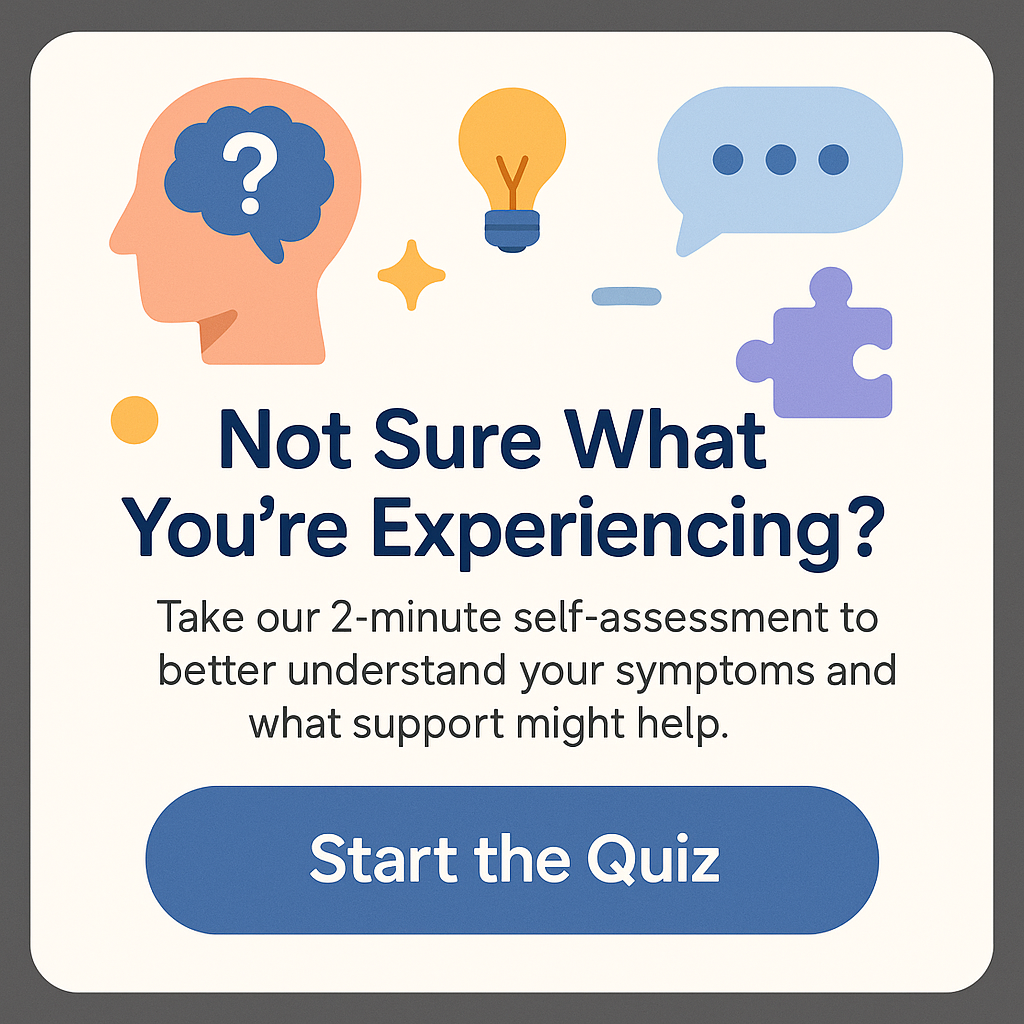What is the Best Lifestyle for Autism?
Are you looking for answers to the question, what is the best lifestyle for autism? If so, you’re not alone! Many families and individuals on the autism spectrum are on a quest to find practical lifestyle changes that foster well-being, ease daily challenges, and create an enriching environment. While autism is a uniquely diverse spectrum, a common understanding of effective lifestyle choices can be a game-changer for many. In this comprehensive guide, we’ll explore various aspects of living well with autism, the importance of routines, nutrition, sensory-friendly spaces, social interactions, and much more. Let’s dive deeper into this subject and discover how you can help create the best lifestyle possible for those on the spectrum.
The Importance of Structure and Routine
When it comes to autism, establishing a consistent routine is often cited as one of the best lifestyle choices. But why is this? To understand the answer to the question, what is the best lifestyle for autism?, we must recognize how deeply individuals with autism thrive on predictability. Routines can serve as a comforting foundation, providing a sense of security and control over their environment.
Many individuals with autism can find changes to their daily schedule overwhelming. A well-structured lifestyle helps to minimize anxiety and encourages positive behaviors. Here are several strategies to implement a daily routine:
- Visual Schedules: Using charts or visual schedules can be incredibly beneficial. These tools offer clarity about what to expect throughout the day, from waking up to bedtime.
- Consistent Timing: Try to keep meals, activities, and bedtime at the same time each day. This not only helps establish a rhythm but also makes daily transitions smoother.
- Break Tasks into Manageable Steps: Large tasks can feel daunting. Breaking them down into smaller, more achievable steps can help individuals focus and maintain motivation.
- Incorporate Interests: Integrating an individual’s interests into the daily routine can make unfamiliar tasks feel more engaging and enjoyable. If a child loves dinosaurs, perhaps a science session can include dinosaurs as the topic!
These strategies can make a notable difference in the quality of life for someone on the spectrum. But in considering what is the best lifestyle for autism, let’s also discuss the role of nutrition.
Nourishing the Body: Diet and Autism
What we eat can play an essential role in our overall health, and that’s also true when considering what is the best lifestyle for autism. Several studies suggest that certain diets may benefit individuals with autism, helping to alleviate some behavioral challenges and improving focus and mood.
Here are some dietary approaches to explore:
- Gluten-Free, Casein-Free Diet: Some parents and caregivers have reported improvements in symptoms when removing gluten (found in wheat) and casein (found in dairy) from the diet. While research is still ongoing, testimonials suggest a potential link between these proteins and autism-related behaviors.
- Incorporating Omega-3 Fatty Acids: Omega-3s are known to support brain health. Foods like fatty fish, walnuts, and flaxseeds can help supplement these essential nutrients.
- Whole Foods Focus: A focus on whole, unprocessed foods, including fruits, vegetables, lean proteins, and whole grains, can support optimal brain function and overall health.
- Mindful Eating Practices: Encouraging mindful eating can enhance the enjoyment of meals. This practice can involve appreciating each bite and tuning into hunger signals.
It’s crucial, however, to consult with healthcare professionals before making significant dietary changes. They can provide guidance tailored to the individual’s specific needs.
Creating Sensory-Friendly Spaces
Now that we’ve dived into routine and diet, let’s discuss another pivotal aspect when it comes to outlining what is the best lifestyle for autism: the environment. Sensory-friendly spaces are essential for those on the spectrum. They can significantly impact comfort and stress levels, promoting a sense of peace in daily life.
Some ways to create a sensory-friendly space include:
- Calm Colors: Opting for gentle, calming colors like soft blues and greens can help create a relaxing environment. Bright colors can sometimes overstimulate.
- Eliminate Clutter: Reducing clutter and distractions can help create an oasis of calm. A clean, organized space can reduce anxiety and improve focus.
- Comfortable Furnishings: Soft seating options, weighted blankets, and other comforting items can enhance relaxation and provide a safe space where an individual can decompress.
- Adjustable Lighting: Natural light or dimmable options can be soothing. Consider adding curtains or shades to lessen bright artificial lights that might be overwhelming.
Creating a sensory-friendly environment can make a significant difference in day-to-day living. It allows individuals on the spectrum to feel at home and relaxed, which is undeniably part of identifying what is the best lifestyle for autism.
Socialization: Building Connections
While routines, nutrition, and environment lay a significant groundwork for a supportive lifestyle, let’s not forget the human aspect—socialization. Understanding how to foster social connections is vital for overall well-being. Humans are inherently social creatures, and finding ways to nurture these connections can enhance life experiences.
Consider these tips for meaningful socialization:
- Structured Playdates: Organizing structured playdates can help reduce the social pressure and anxiety associated with casual interactions. Having specific activities can provide a natural segue into socialization.
- Social Skills Groups: Participating in social skills groups can provide practice in a safe environment. These groups often target specific skills, focusing on how to start conversations, read body language, and develop friendships.
- Community Involvement: Getting involved in community activities can help individuals connect with others who share similar interests. Whether it’s a hobby or a club, these spaces provide valuable opportunities for social engagement.
- Acceptance and Understanding: Educating peers about autism fosters acceptance and empathy. It can create a supportive atmosphere where individuals feel comfortable being themselves.
By integrating social opportunities into the lifestyle, individuals with autism can develop long-lasting friendships, boost self-esteem, and reduce feelings of isolation. Building meaningful connections is fundamental in answering the question, what is the best lifestyle for autism?
Self-Care and Emotional Well-Being
In the pursuit of understanding what is the best lifestyle for autism, we must prioritize self-care and emotional well-being. Self-care isn’t just a trendy phrase; it’s a necessity for everyone, including those on the spectrum. The benefits of self-care practices can enhance resilience and improve coping strategies.
Here are some self-care techniques that can be effective:
- Mindfulness and Relaxation Techniques: Practices such as yoga and meditation can help ground individuals, improve concentration, and relieve anxiety. Simple breathing exercises can be a great start.
- Physical Activity: Regular physical activity, whether it’s outdoor play, swimming, or family walks, releases endorphins and improves mood. It’s a natural way to combat stress and enhance overall well-being.
- Creative Outlets: Engaging in creative activities such as art, music, or writing can provide a means of self-expression. These outlets can be therapeutic and therapeutic, aiding emotional processing.
- Gratitude Journaling: Encouraging individuals to keep a gratitude journal can enhance perspective. Focusing on what they appreciate can improve mood and foster positivity.
By prioritizing self-care, individuals on the autism spectrum can navigate life with greater resilience and a better sense of their own identities.
Conclusion
So, what is the best lifestyle for autism? While everyone’s journey is unique, a blend of structured routines, mindful nutrition, sensory-friendly environments, social connections, and self-care practices seems to hold the key. It’s about taking actionable steps to build a supportive and engaging framework that can enhance the quality of life for those on the autism spectrum.
Living well with autism involves not just understanding and accommodating individual needs, but thriving by creating opportunities that promote well-being and happiness. Each small change can positively impact the overall experience of living with autism—fostering hope and supporting the journeys of families and individuals walking this path. Let’s celebrate differences and foster connections that uplift everyone involved!
FAQs
- What diet is best for autism? Many parents find that gluten-free and casein-free diets help alleviate some symptoms in their children. Consultation with professionals is recommended for personalized advice.
- How can I create a sensory-friendly environment? Use calm colors, reduce clutter, and ensure comfortable furnishings to help create a positive space for individuals with autism.
- What social skills activities work best? Organizing structured playdates and joining social skills groups can enhance socialization opportunities and help build friendships.
- How does routine impact those with autism? Routines provide predictability, reducing anxiety and creating a sense of control, which can greatly benefit individuals on the spectrum.
- Is self-care important for individuals with autism? Yes! Self-care practices, such as mindfulness and creative outlets, are critical for emotional well-being and resilience in daily life.
Understanding Autism Funding BC: A Comprehensive Guide
What are the Three Main Symptoms of Autism?
Can a Child with Autism Be Normal? Insights and Understanding







